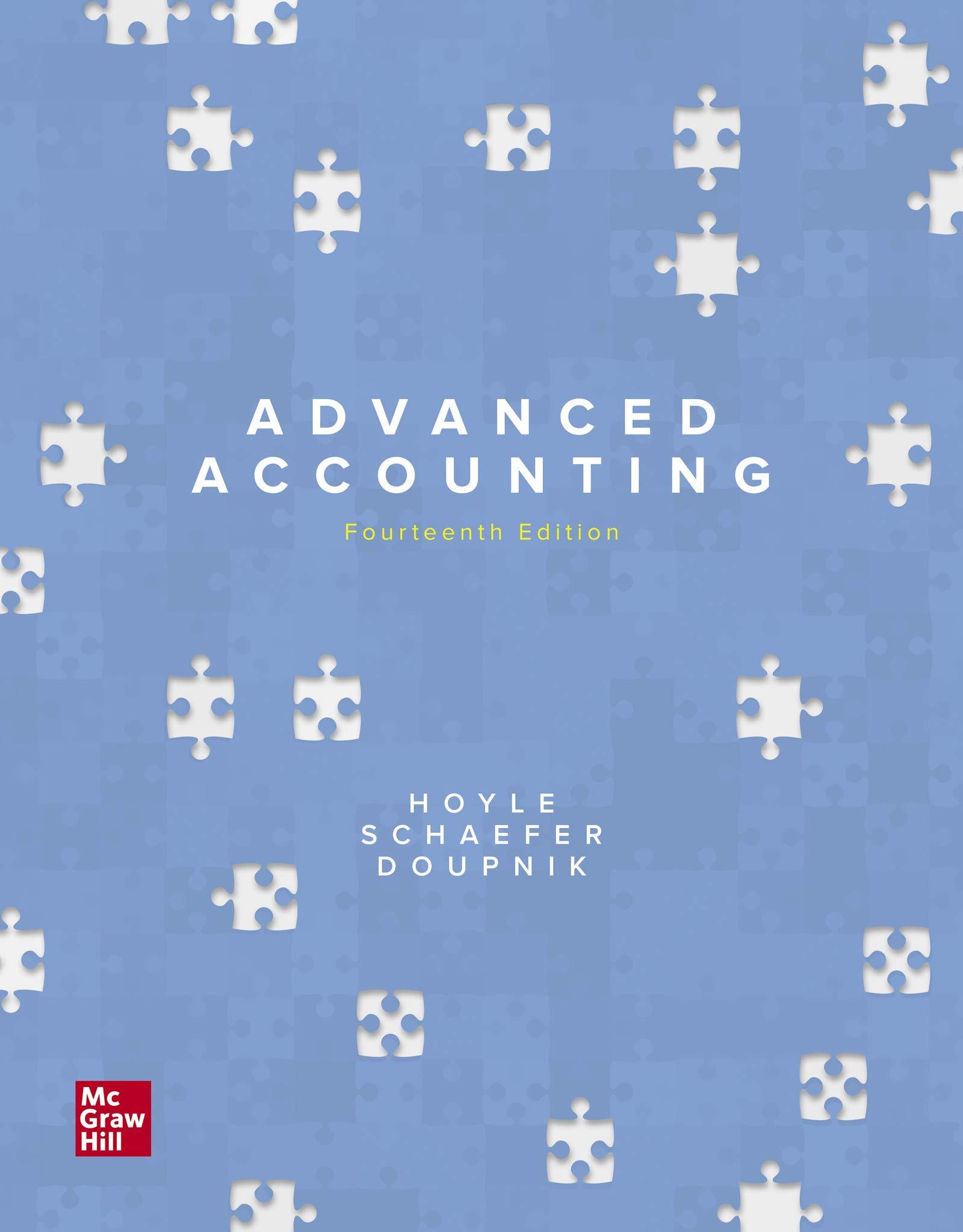Cascade Water Company (CWC) currently has 30,000 shares of common stock outstanding, trading at a price of
Question:
Cascade Water Company (CWC) currently has 30,000 shares of common stock outstanding, trading at a price of $42 per share. CWC also has 500000 bonds outstanding that are currently trading at $923.38 per bond. CWC has no preferred stock outstanding and has an equity beta of 2.639. The risk-free rate is 3.5%, and the market is expected to return 12.52%.
CWC is considering adding 'healthy' bottled water geared toward children to its product mix. The initial outlay for the project is expected to be $3,000,000, which will be depreciated using the straight-line method to a zero salvage value, and sales are expected to be 1,250,000 units per year at a price of $1.25 per unit. Variable costs are estimated to be $0.24 per unit, and fixed costs of the project are estimated at $200000 per year. The project is expected to have a three year life and a terminal value (excluding the operating cash flows in year three) of $500000. CWC operates in a 34% marginal tax rate. For the purposes of this project, working capital effects will be ignored. Bottled water with a focus toward children is expected to have different risk characteristics from the firm's current products. As such, CWC has decided to use the 'pure play' approach to evaluate this project. After researching the market, CWC managed to find two 'pure-play' firms. The specifics for those two firms are:
.png)
a. Determine the current weighted average cost of capital for CWC. [5]
b. Determine the appropriate discount rate for the healthy bottled water project. [5]
c. Should the firm undertake the healthy bottled water project? As part of your analysis, include a sensitivity analysis for sales price, variable costs, fixed costs, and unit sales +-10%, 20%, and 30% from base case. Also perform a scenario analysis assuming: the best case is to sell 2,500,000 units at a price of $1.24 each, with variable costs of production of $0.22 per unit; and the worst case scenario of selling only 950 000 units at a price of $1.32 per unit, with variable costs of production of $0.27 per unit.
Common stock is an equity component that represents the worth of stock owned by the shareholders of the company. The common stock represents the par value of the shares outstanding at a balance sheet date. Public companies can trade their stocks on... Salvage Value
Salvage value is the estimated book value of an asset after depreciation is complete, based on what a company expects to receive in exchange for the asset at the end of its useful life. As such, an asset’s estimated salvage value is an important... Cost Of Capital
Cost of capital refers to the opportunity cost of making a specific investment . Cost of capital (COC) is the rate of return that a firm must earn on its project investments to maintain its market value and attract funds. COC is the required rate of... Discount Rate
Depending upon the context, the discount rate has two different definitions and usages. First, the discount rate refers to the interest rate charged to the commercial banks and other financial institutions for the loans they take from the Federal...
Step by Step Answer:

Advanced Accounting
ISBN: 9781260247824
14th Edition
Authors: Joe Ben Hoyle, Thomas Schaefer, Timothy Doupnik





